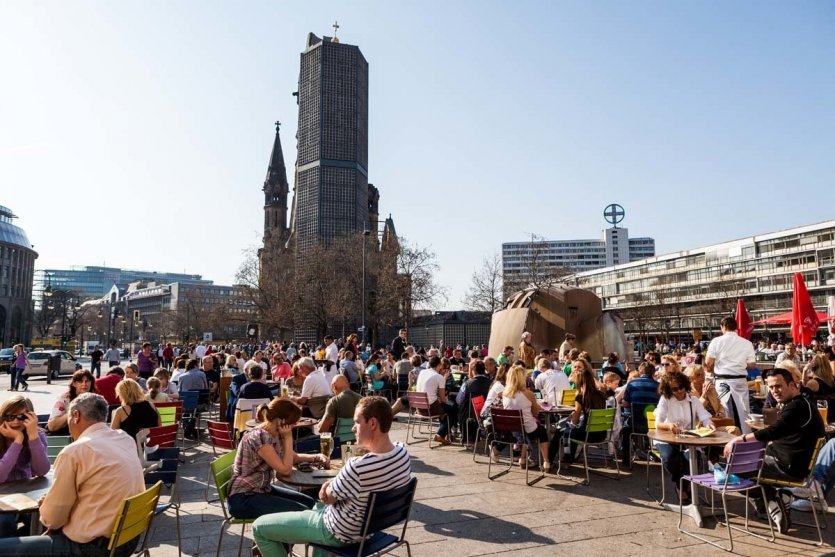
Fashion, art, design, music, celebration: Berlin is full of exhilarating energy and an astonishing openness to the world and the future. However, the torments of the past century can still be seen on the facades of the Reichstag Palace, the Brandenburg Gate and the Television Tower, as well as the remains of the Wall. Thus, the German capital offers different attractions: historical or remembrance tours, cultural visits in view of its many museums, pleasure rides in parks and gardens or even new discoveries at the zoo or botanical garden. Whatever the cocktail, Berlin's stays are always dense and captivating, we are happy to let ourselves be carried away by its alternative culture and its unparalleled atmosphere.
N° 1- Reichstag Palace
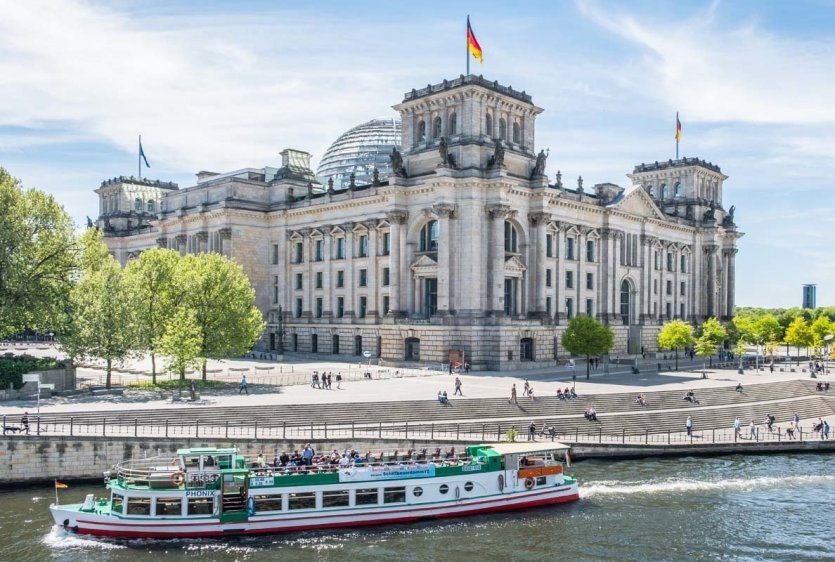
Inaugurated in 1894, the Reichstag Palace has held an important place in German history. It hosted several parliaments before being severely damaged during the Second World War. After the reunification of Germany, the parliament decided to sit again in the Reichstag, which was rebuilt according to the plans of the architect Norman Foster. This Renaissance-style palace has been restored to its former glory and its magnificent glass and metal dome is now open to the public. From this height, the view leaps towards the monuments of the parliamentary and government district.
N° 2- East Side Gallery
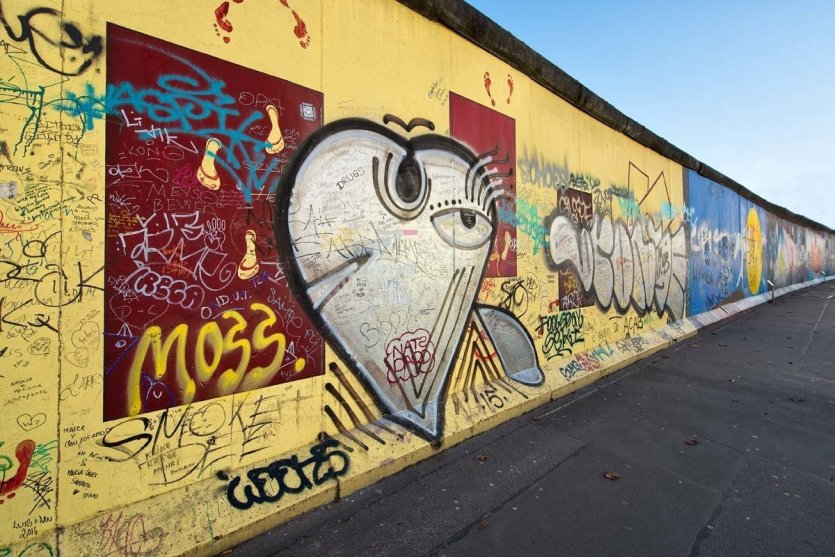
Spread over 1.3 km, East Side Gallery is the largest surviving part of the Berlin Wall. Its stones are entirely covered with frescos designed by artists, just after the fall: 118 artists from 21 different countries have composed the longest open-air fresco in the world. The most famous work is certainly the Kiss of Friendship between Eric Honecker and Leonid Brezhnev, painted by Dimitri Vrubel. Listed as a historic monument, East Side Gallery is a testimony to the great wave of hope that reigned in Berlin after the reunification of Germany.
N° 3- Brandenburg Gate and Tiergarten Park
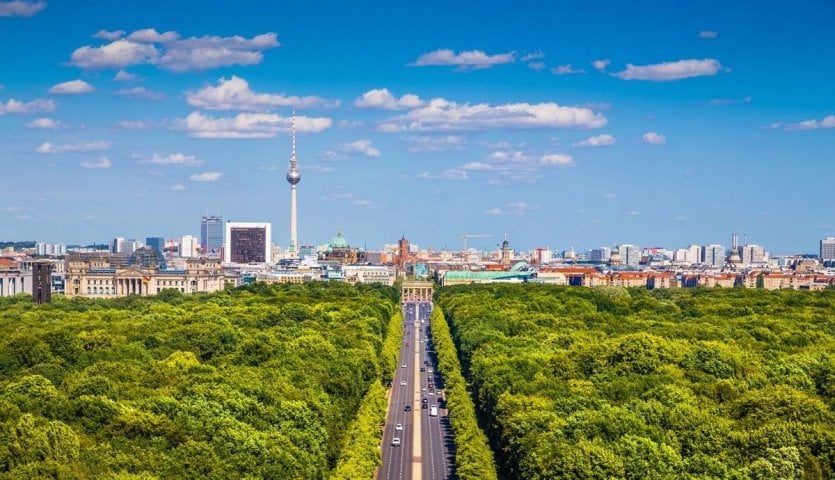
The Brandenburg Gate is an iconic monument: after the fall of the Wall, it became the symbol of the unity of the new Berlin. It was officially reopened in December 1989 and 100,000 people came to celebrate the event. It is located a stone's throw from the Tiergarten park, a huge green lung 3 km long and 1 km wide. It is particularly well equipped and is very popular with Berliners who enjoy its flowery spaces, ponds and restaurants; during the winter, some come to skate on one of the small frozen lakes.
N° 4- Museum Island
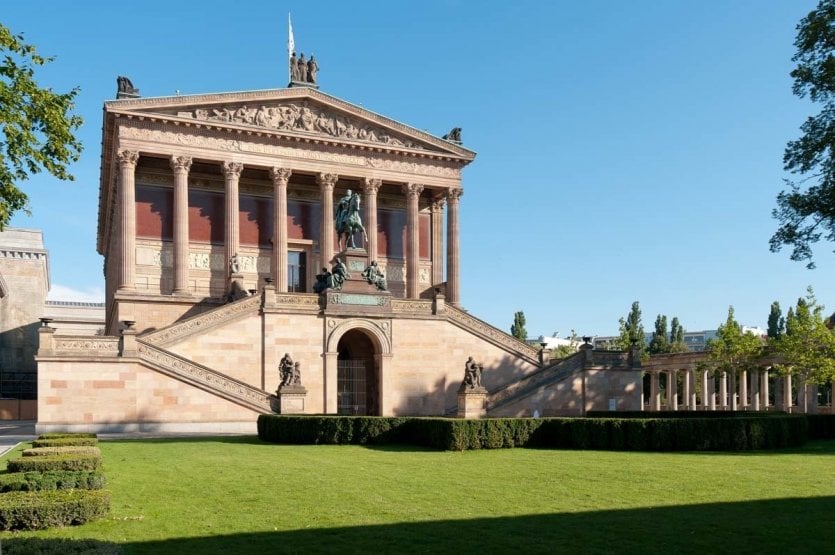
Listed as a UNESCO World Heritage Site, Museum Island brings together five of the city's major museums. The Old Museum, built in 1830, was the first museum on the island. Since 1859, the New Museum has housed the Egyptian art and proto-history collections. The Old National Gallery is dedicated to 19th century paintings, while the Bode Museum is more focused on sculptures and Byzantine art. The last building built, the Pergamum Museum is the most famous thanks to its three masterpieces from the Babylonian period: the high altar of Pergamum, the gate of the Milet market and the gate of Ishtar.
N° 5- Potsdamer Platz and the Culture Forum
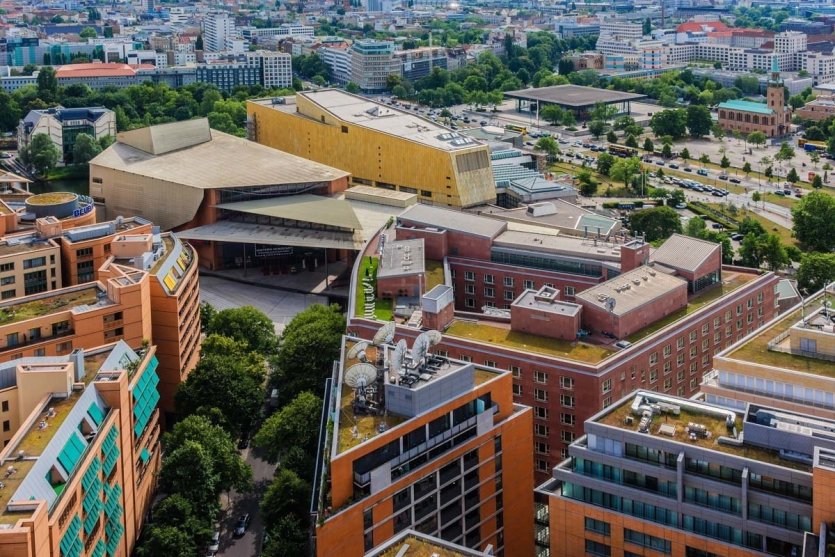
Potsdamer Platz was considered the most lively square in Europe before the Second World War. Today, it embodies the renewal of the German capital and prestigious architects have participated in its reconstruction. There are several cinemas, the Film Academy, a large theatre and a museum dedicated to the seventh art. A short distance away is the Culture Forum, which brings together the New National Gallery, the Painting Gallery, the Museum of Decorative Arts, the Philharmonic and the State Library.
N° 6- Charlottenburg Castle
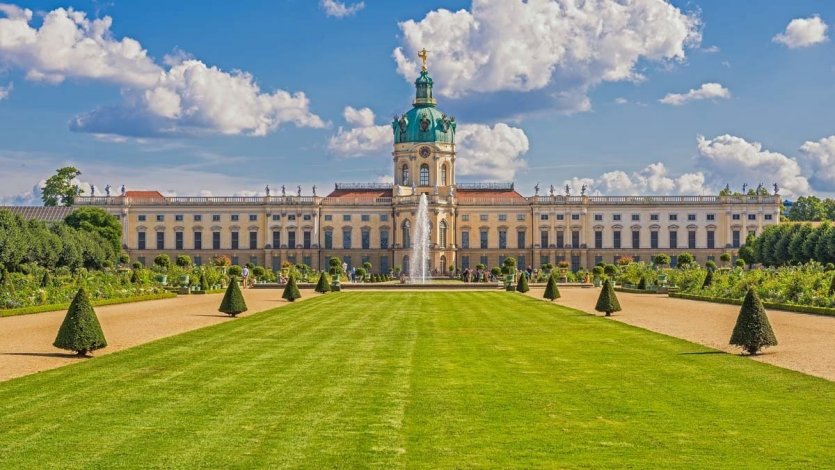
Commissioned by Queen Sophie-Charlotte, wife of King Frederick I of Prussia, Charlottenburg Castle dates back to the late 17th century. This magnificent building is surrounded by a landscaped park on the banks of the Spree River, which boasts a delicate French Baroque garden. Paintings, sculptures, tapestries, precious furniture: the castle's interiors are richly decorated, from the porcelain cabinet to the former apartments of Frederic-Guillaume IV. The collection of 18th century French paintings is the largest outside France.
N° 7- The Botanischer Garten
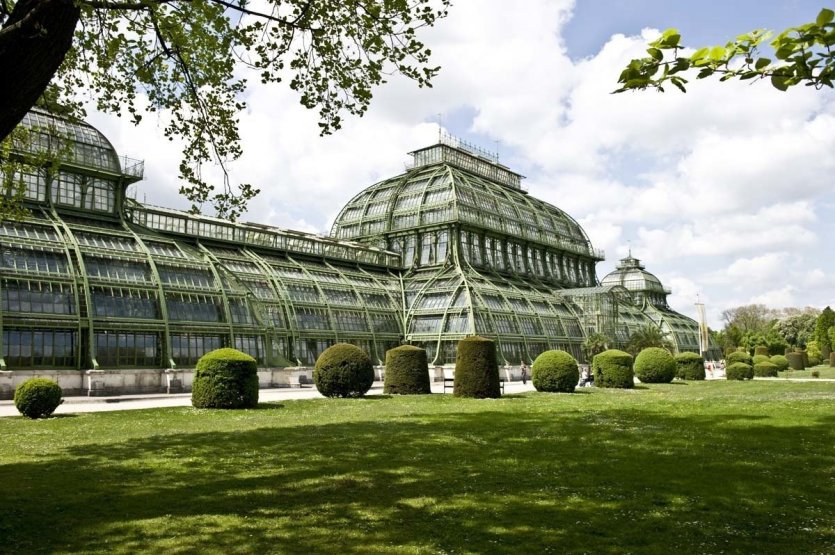
The Berlin Botanical Garden is one of the three largest botanical gardens in the world. It was created between 1897 and 1910 and since then 20,000 varieties of plants have adorned its 43 hectares. The garden is arranged in various spaces dotted with small traditional houses and strewn with paths. Several greenhouses are home to African, Latin, Mediterranean, Asian and oceanic vegetation. The greenhouses communicate with each other, so we move from wet to dry temperatures and from desert vegetation to tropical exuberance. This immense plant complex also houses a botanical museum and rare scientific plant collections.
N° 8- Kurfurstendamm
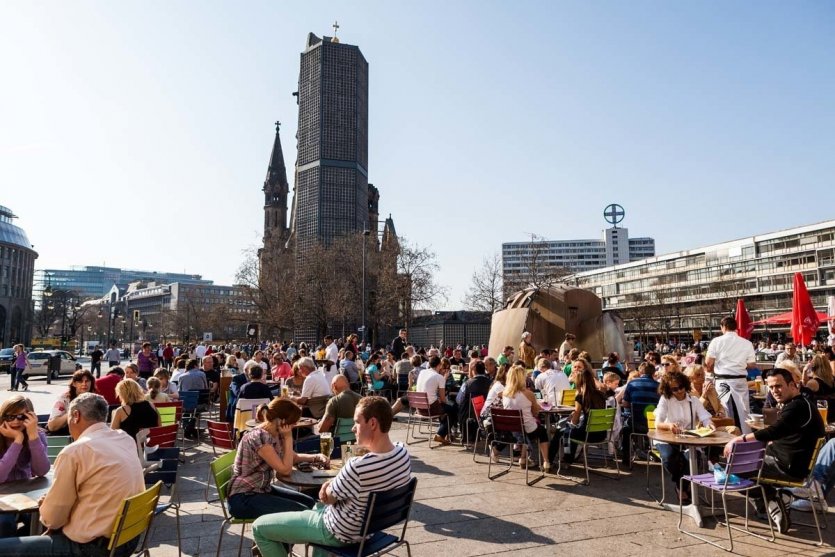
The Champs-Elysées in Berlin! The Kurfurstendamm, or Ku'damm for those who are close to it, is the most popular shopping boulevard in the city and a must for visitors, especially as the Tourist Office is located there. Over a length of 3.5 km, luxury and design boutiques, trendy cafés and restaurants, top hotels, theatres, cinemas, cabarets and more are on display: the ballet of passers-by is incessant even at night. There is hardly any monument except the Emperor William's Memorial Church, which was bombed during the Second World War and preserved as it stands.
N° 9- Berlin Zoo
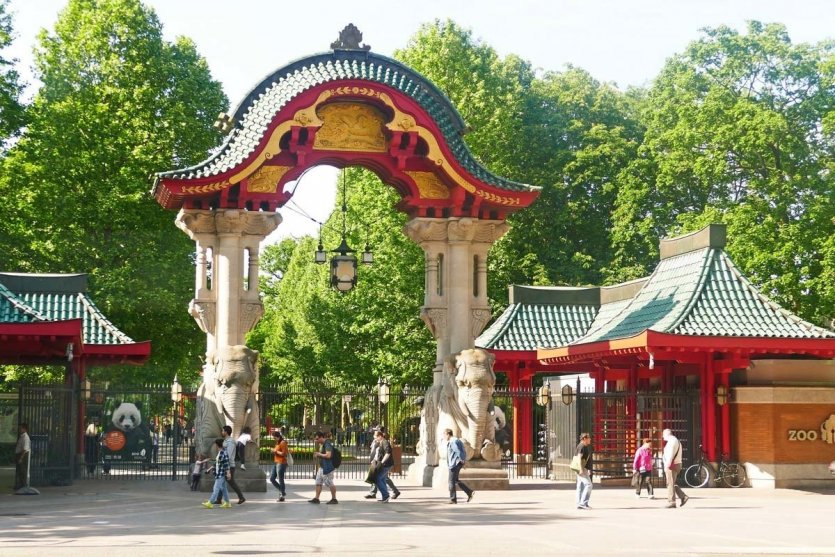
Berlin Zoo is the oldest in the country, it is one of the richest in the world and its aquarium and aviary are among the largest in Europe: so many superlatives! There are more than 18,000 animals in the park, which is home to many endangered species such as the giant panda and the black rhino. Most animals roam freely in areas where their natural habitats have been recreated over 34 hectares. Other most anticipated species in the zoo include wolves, gorillas, elephants, seals, zebras, lions, giraffes, orangutans and okapis.
N° 10- La Fernsehturm
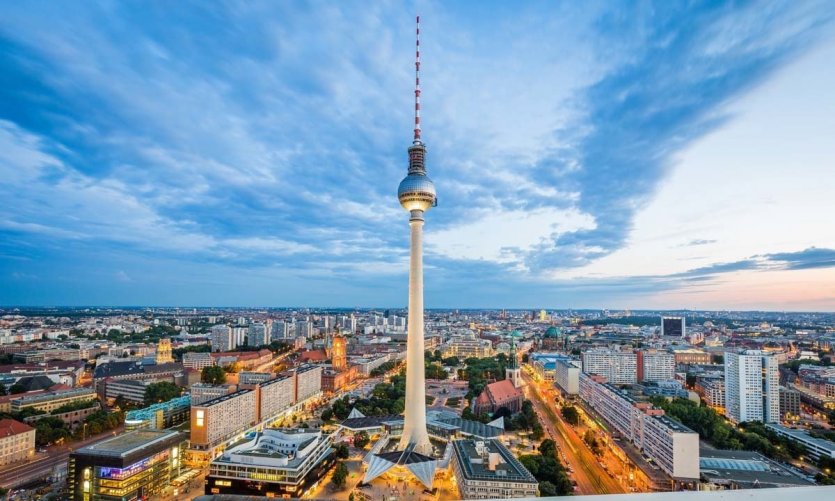
Built under the GDR, the television tower embodied all the superiority of East Germany, and was listed as a heritage building in 1979. After the communist era, it became the symbol of unified Berlin and from its height of 368 metres, it is still the most visible building in the city. An elevator allows you to reach your observation platform, which offers a magnificent 360-degree view. You can also enjoy this superb panorama from its bar and revolving restaurant.


